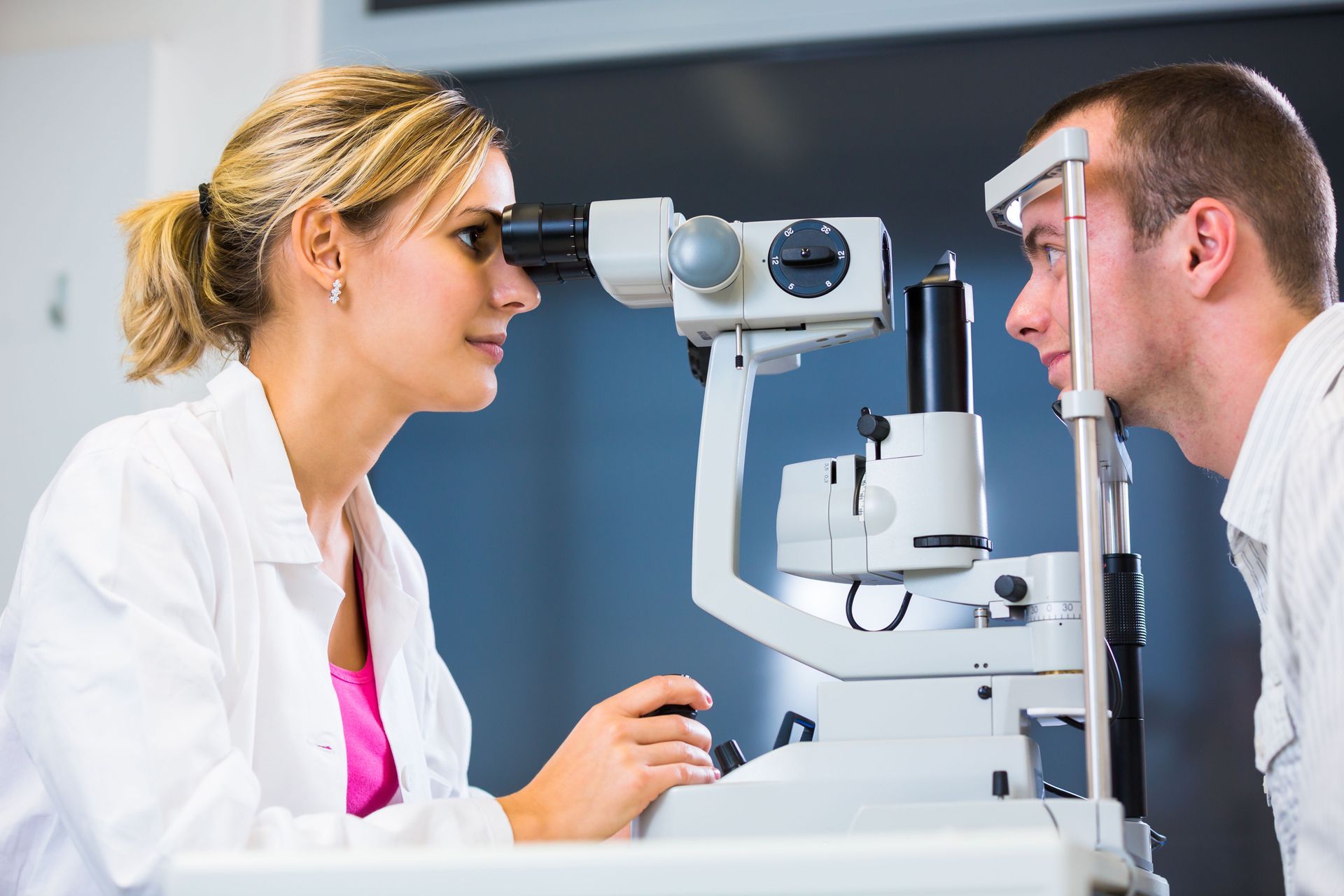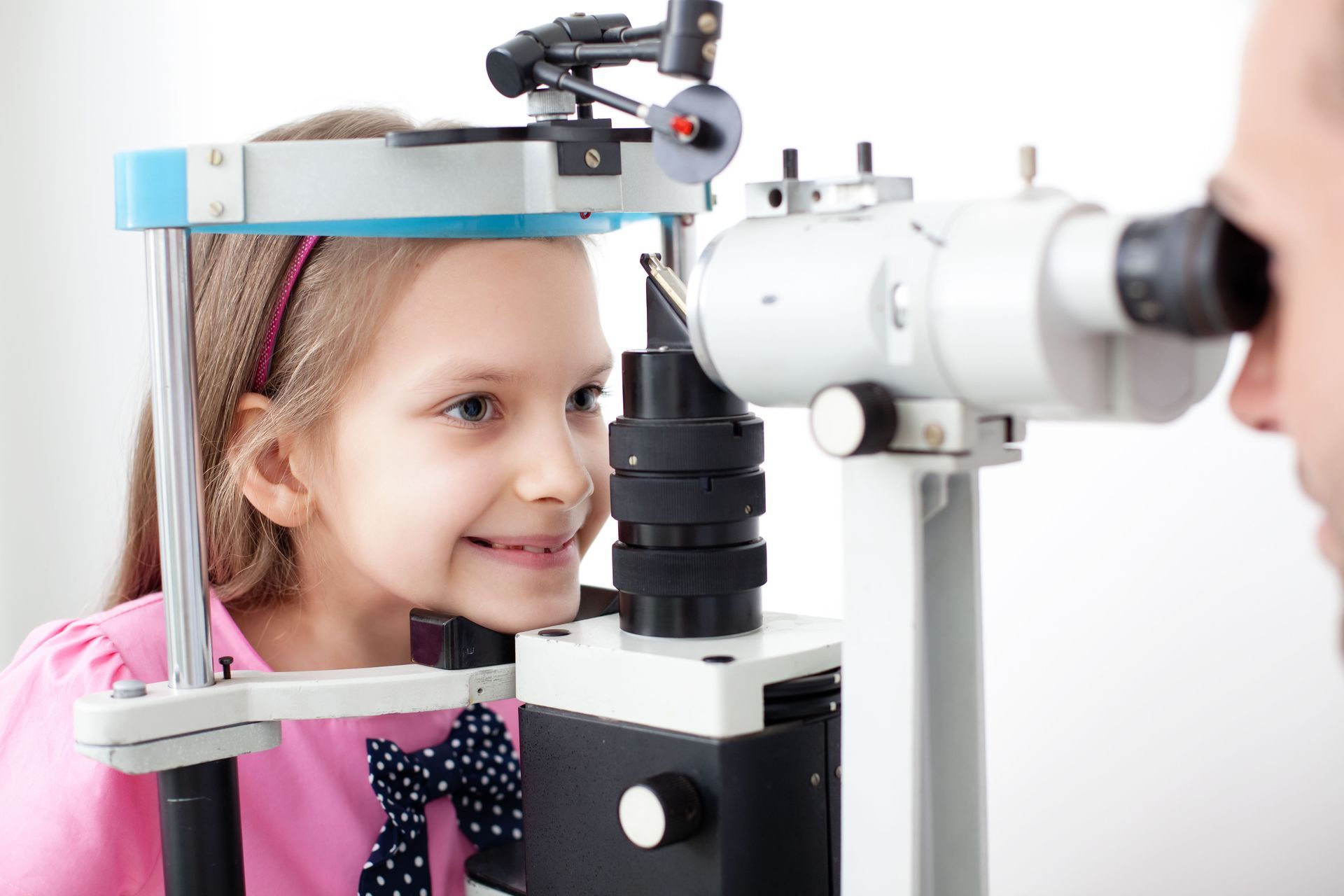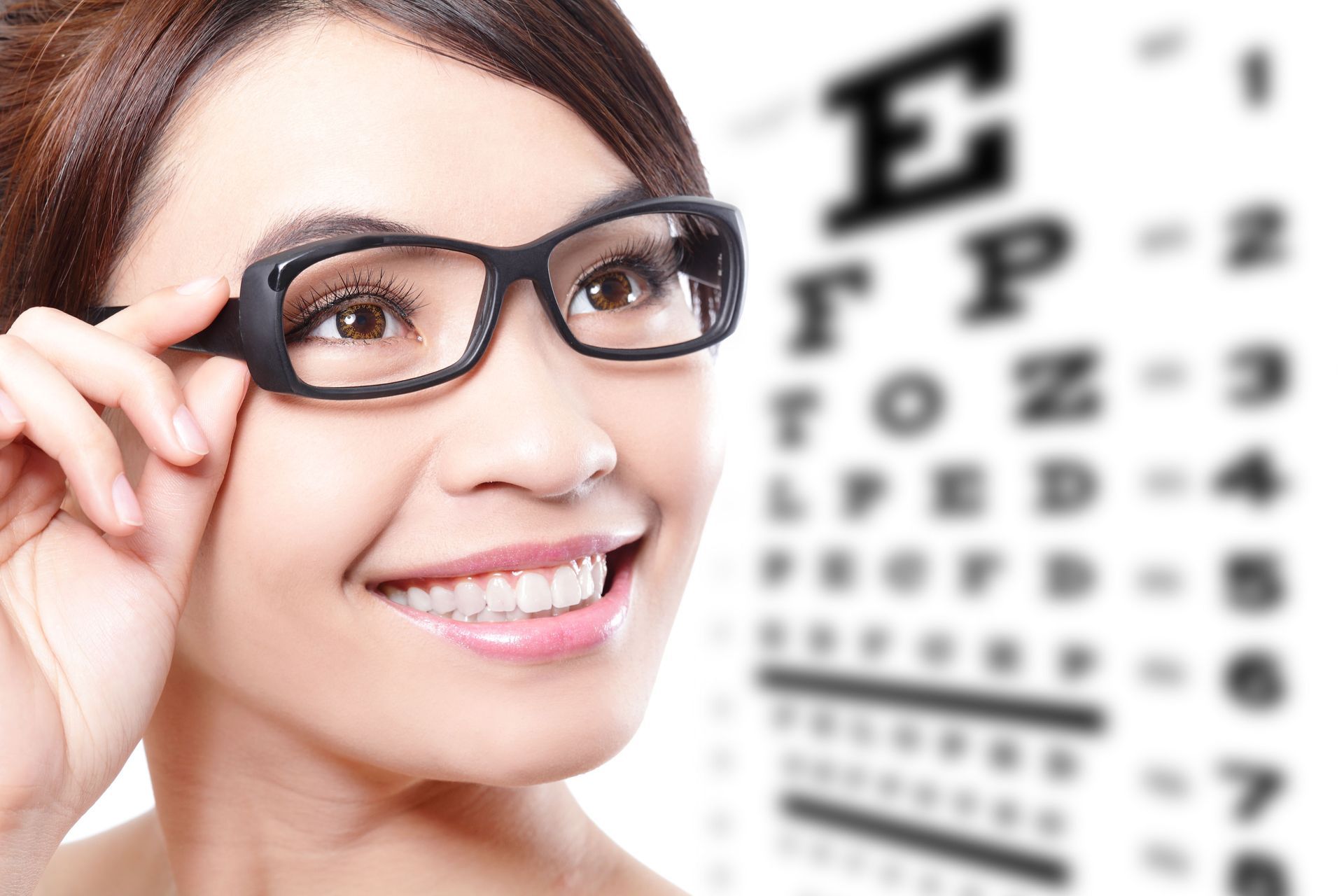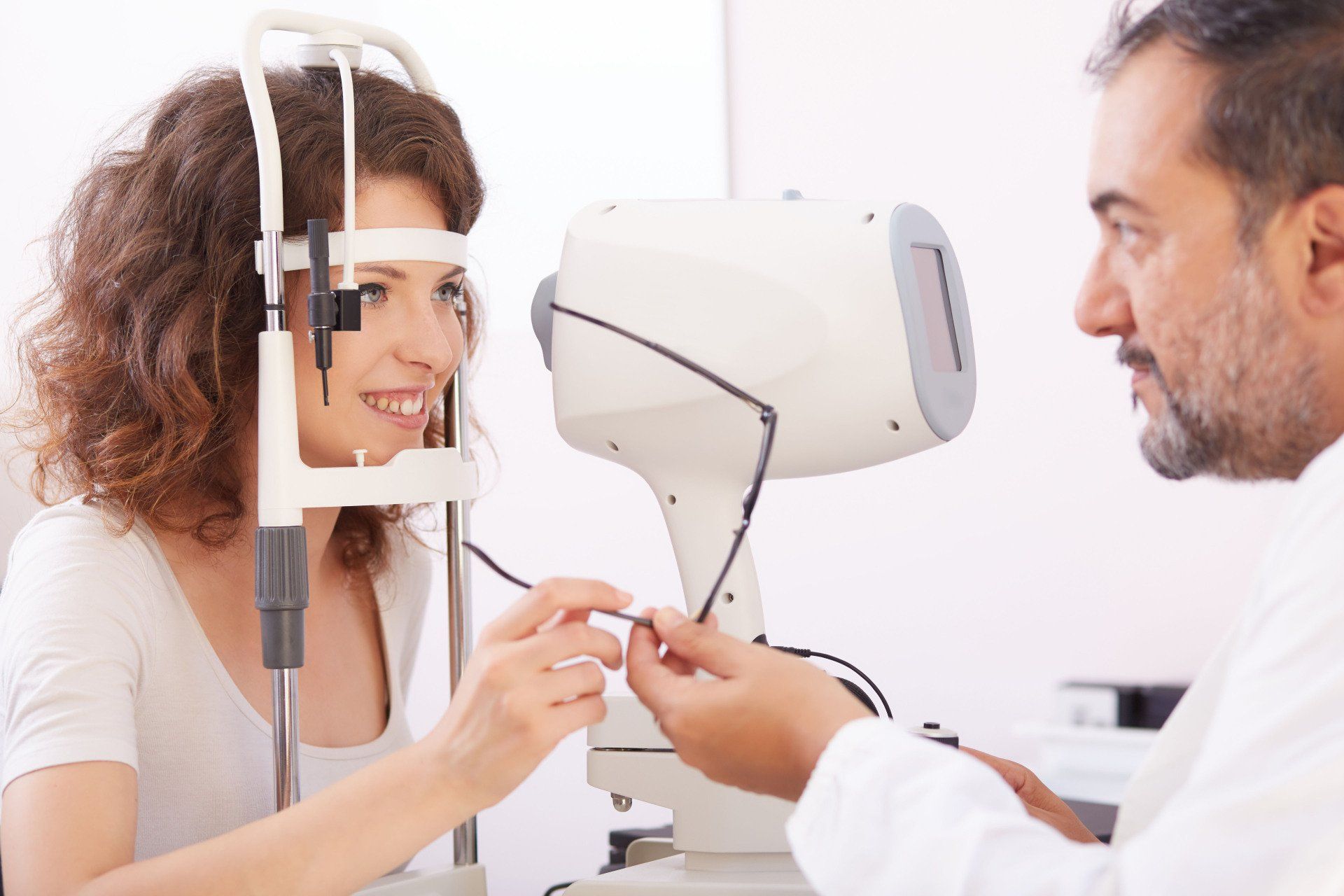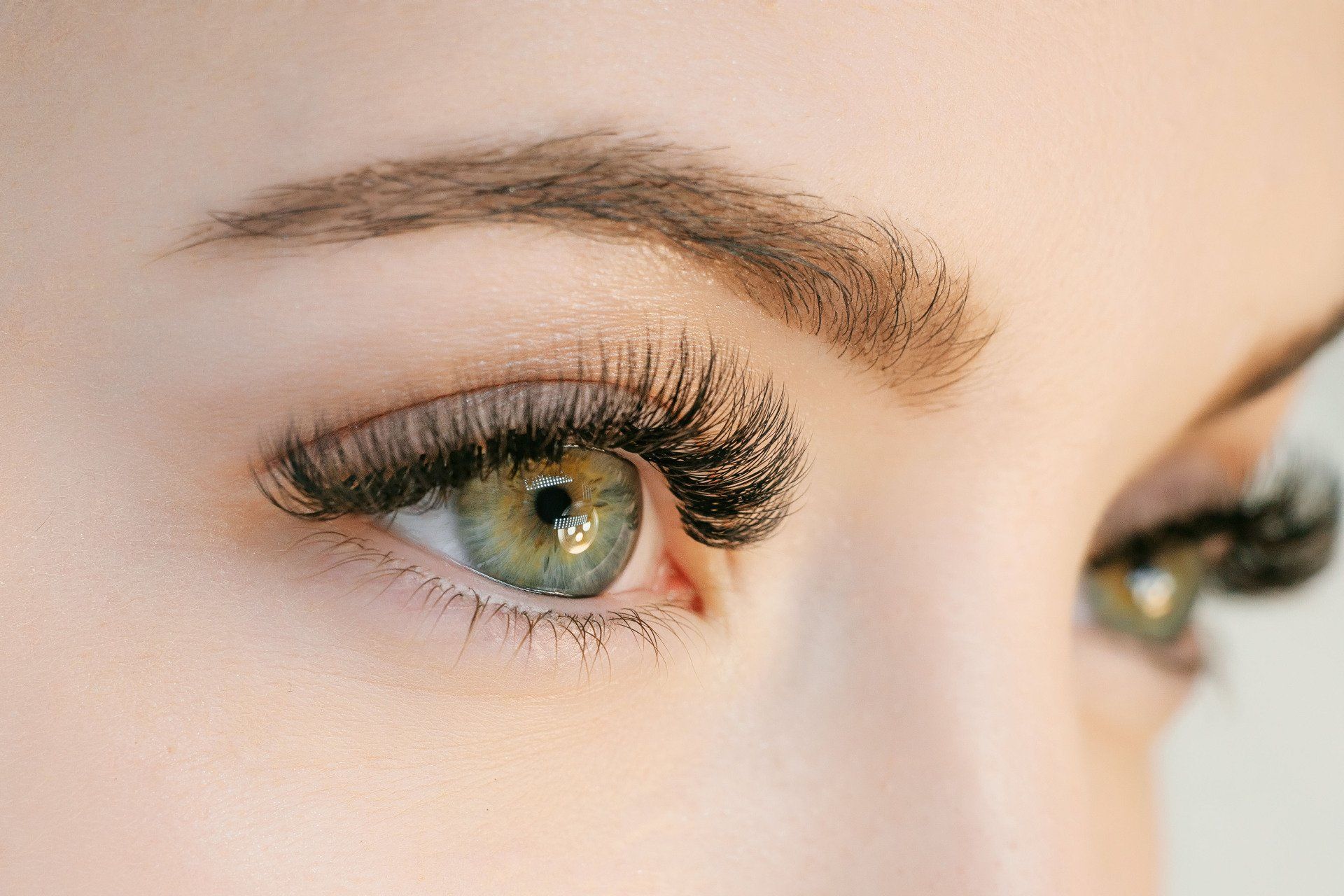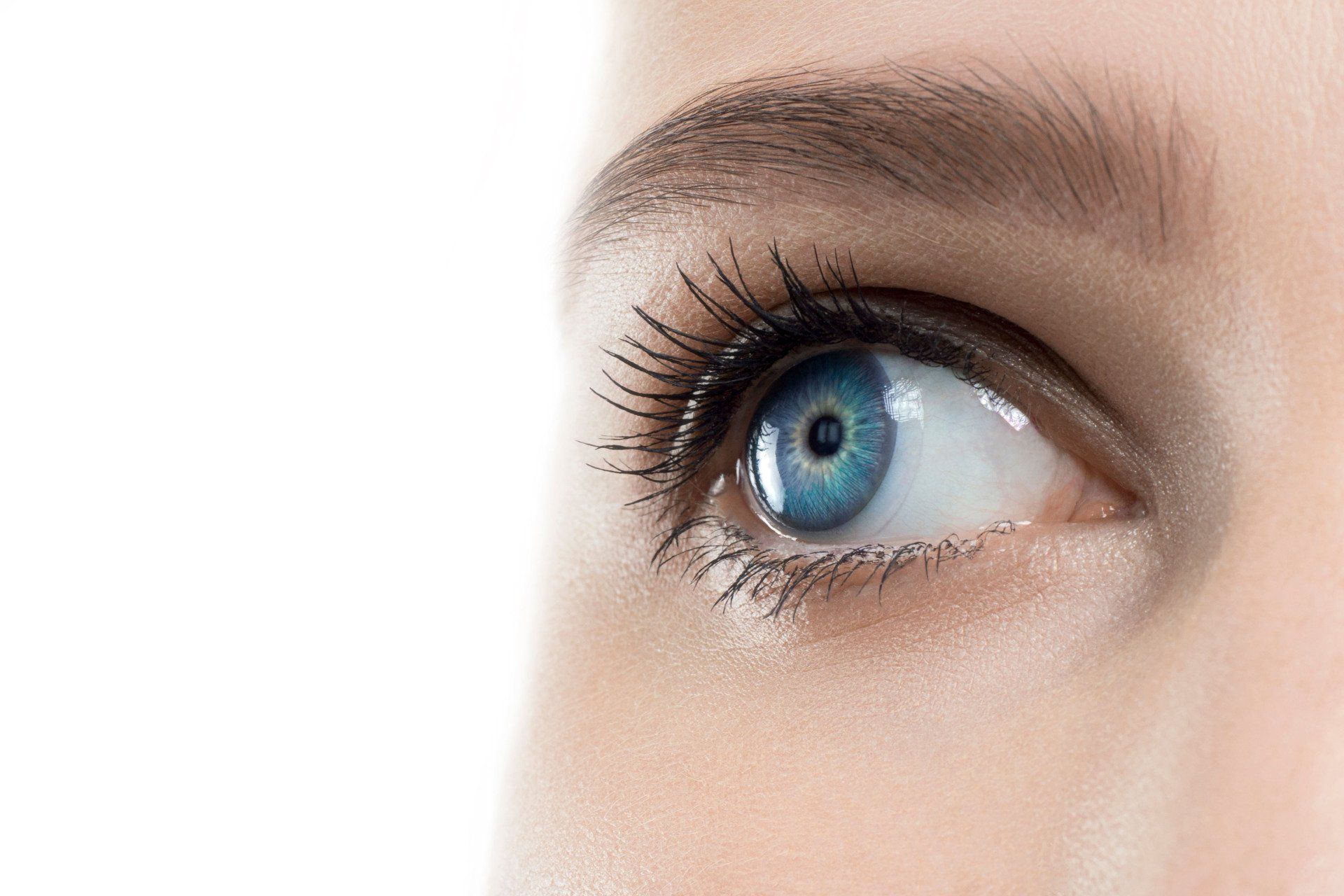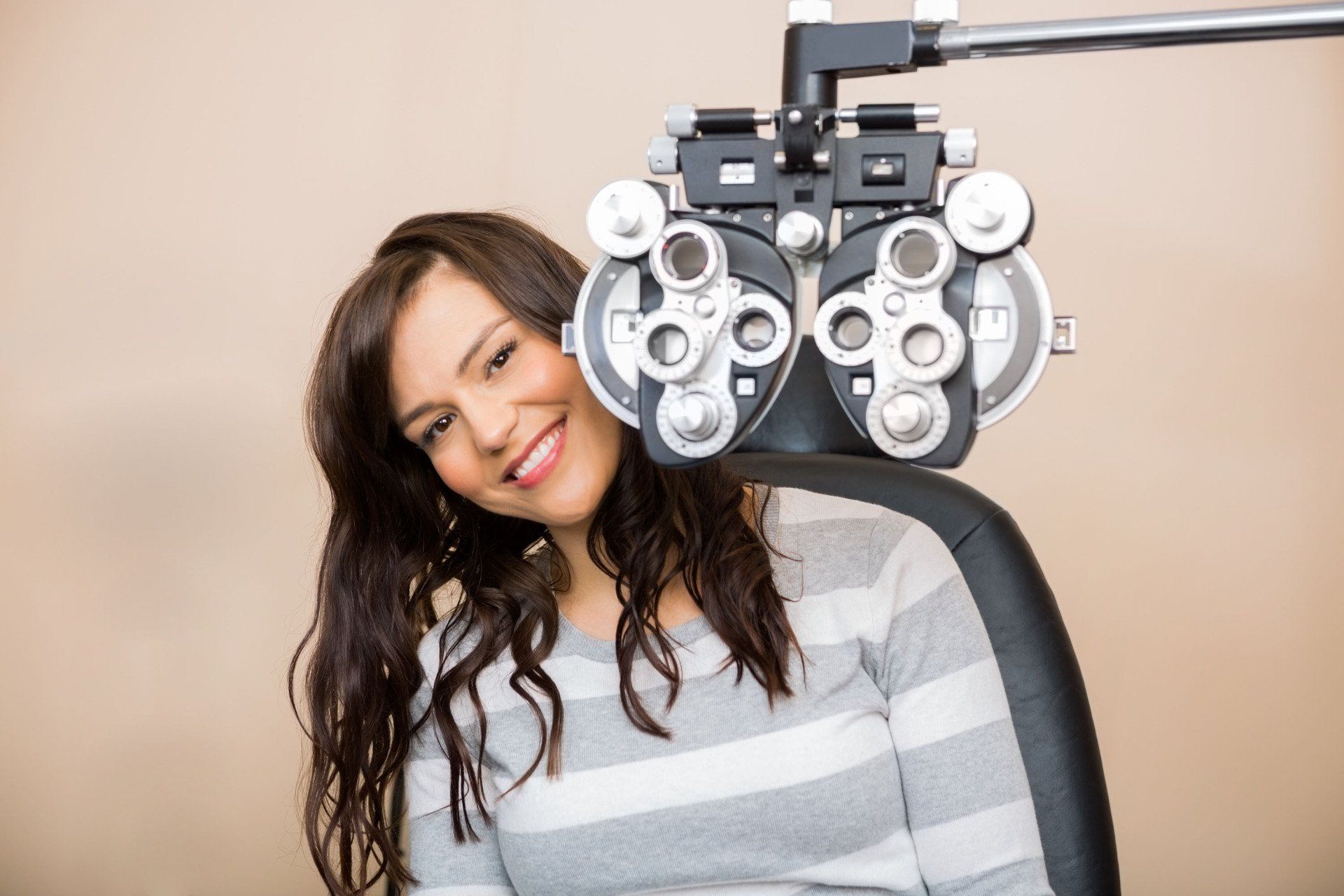What Is Binocular Vision Disorder?
Hibu Websites • April 20, 2021
Despite having two eyes, you see only one image when you look at something. This is called binocular vision. Your brain is complex, automatically performing this process in which it turns two distinct images into one. For this to happen, your eyes have to be in perfect alignment. When the alignment breaks apart, your eyes no longer function as a team. The eye muscles get strained due to constantly trying to correct the alignment for a single clear vision. The result is binocular vision disorder (BVD).
Causes and Types of BVD
Most of the time, BVD is inherited genetically. However, the symptoms may take years before finally exhibiting themselves. It can also be caused by head trauma from a sport or an accident, a stroke, or neurological disorders.
There are a few different types of
binocular vision disorder. An eye clinic typically identifies these common types of BVD:
- Amblyopia
- Strabismus
- Convergence Insufficiency
Signs and Symptoms of BVD
The signs and symptoms of BVD vary, with some individuals experiencing more symptoms and others less. The common symptoms that people experience with BVD include:
- Sensitivity to light
- Trouble maintaining eye contact
- Blurry or double vision
- Poor depth perception
- Poor hand-eye coordination
There are even more symptoms of BVD that occur when you're performing certain tasks. If you're looking at something and are experiencing blurry vision at far or near distances, trouble with close-up vision, eye strain and sore eyes, or difficulties with night vision, you may have BVD. Reading is often heavily impacted by BVD. People with BVD may see letters moving or running together, have trouble concentrating, experience eye fatigue or headaches, skip lines, have difficulty with content comprehension, or experience painful eye movement when reading.
BVD can even affect how you sleep. The common symptoms include feeling restless when sleeping or having trouble sleeping unless you're in complete darkness. You may also notice symptoms when you're driving, such as experiencing difficulty in judging when to stop due to challenges in estimating distances.
Because you're having trouble with sight, your body can react in a variety of ways. Although you may not realize it, the following could be signs that you have BVD:
- Nausea
- Motion sickness
- Dizziness and light-headedness
- Lack of coordination, unsteady gait, and difficulty walking straight
- Disorientation
- Panic attacks
- Agoraphobia
- Generalized anxiety
- Overwhelmed by crowds
If you're experiencing these symptoms, it's important to seek help so that you can live a comfortable life. One of the most effective ways to treat BVD is to go to a vision therapist.
Using Vision Therapy to Treat BVD
Vision therapy can be used to treat binocular vision disorder in both children and adults. A treatment plan will depend on the type of BVD that an individual has. It has proven to be very effective in improving one's vision. The individual with BVD goes through a series of therapeutic exercises for the eyes, helping them develop normal visual skills.
Vision therapy is personalized depending on the individual's condition. The sessions last about 30 to 45 minutes, occur once a week, and are supervised by a vision therapist. However, patients also undergo home practices to reinforce the exercises learned at the clinic. For the treatment to work, patients need to be committed to their sessions and home practices. Below are the ways to treat the different BVD conditions:
Amblyopia (Lazy Eye)
This is a condition in which one eye cannot achieve normal visual acuity, even when using appropriate eyewear, resulting in blurry vision. The condition affects about every 1 in 33 people in the US. It is a result of a brain condition called suppression. This is when the brain ignores all visual information from one eye. Common vision therapy programs for lazy eye include:
- Pursuits (eye-tracking)
- Saccades (switching eye focus, or "eye jumps")
- Stereopsis (3D vision)
- Accommodation (focusing)
- Spatial skills (eye-hand coordination)
- Fixation (visual gaze)
Vision therapy trains the two eyes to work together to achieve comfortable binocular vision.
Strabismus
This condition occurs when both eyes cannot maintain a proper alignment and focus on an image. When one eye is looking directly at an image, the other one points in a different direction. It is often referred to as wall-eyed, crossed eyed or squint. Strabismus can be caused by several things, including head trauma, stroke, and severe farsightedness. Common vision therapy programs for strabismus aim for the improvement of:
- Eye focusing
- Binocular vision
- Eye alignment
- Eye movements
- Eye teaming
- Visual processing
An eye doctor will use therapeutic lenses, filters, and prisms as part of the vision therapy program. The program also includes training the eye and brain to connect to achieve clear vision.
Convergence Insufficiency
Convergence insufficiency (SI) is a condition in which the eyes struggle to focus on a task, affecting performance at work and attention to tasks. Most people with this condition also struggle when reading so that they will have to use a ruler or a finger to follow the text. If the condition is left untreated, it can result in a more severe condition, such as losing sight in one eye. The common vision therapy treatment for this condition includes:
- Focusing on near and distant fields of vision
- Practice in-depth perception
- Use of specialized equipment like lenses and prisms
- Tracking the eyes with pursuits and saccades
- Training with computerized technology
If you suspect that you have BVD, visit a specialist who will conduct exams and come up with a diagnosis. From there, they can recommend a treatment option depending on the type of BVD you have.

